At long last, the all-new, fourth-generation Mazda 3 has finally made its launch debut in Malaysia, with three variants (1.5, 2.0 High and 2.0 High Plus) and two body styles (sedan and hatchback) available. The C-segment model comes fully imported (CBU) from Japan, competes against nameplates like the Honda Civic, Toyota Corolla Altis, Hyundai Elantra and Volkswagen Golf, just to name a few.
At first glance, the visual differences between the two body styles are easily apparent, as the sedan gets a pin-style grille with chrome surrounds, while the hatchback adopts a honeycomb-like design with black trim instead. In profile, the sculpted sides play with light and shadow to create reflections that are unique to each model, with another cue being the prominent C-pillar and shorter rump on the hatchback as compared to the sedan.
While the exterior of both body styles are distinctive in their own right, the interior is identical, with a cabin that cuts down on “visual noise,” and has a driver-centric approach that also sees improvements to practicality. The infotainment display is much larger this time around, and it is powered by the latest version of the Mazda Connect system, although it does lose touch functionality to reduce cognitive distraction.
Below it, the air vents and climate system switchgear are positioned on a horizontal plane that leads into a restyled instrument binnacle that contains a digital instrument cluster display alongside analogue dials. There’s a new steering wheel design here, and the driver also gets two dedicated air vents.
Also revamped is the centre console, where the two cupholders are brought further forward aft to a small cubby space. The centre armrest is also much larger this time around, and features a “karakuri” opening mechanism to reveal additional storage. Even the Commander Control switchgear is new, and is designed to be more intuitive to operate.
For our market, we get two naturally-aspirated four-cylinder petrol engines from Mazda’s SkyActiv-G range, with the first being a 1.5 litre unit that makes 118 hp at 6,000 rpm and 153 Nm of torque at 4,000 rpm. The other option is a 2.0 litre powerplant serving up 162 hp at 6,000 rpm and 213 Nm of torque at 4,000 rpm. Regardless of which mill you pick, both are paired with a SkyActiv-Drive six-speed automatic transmission, with drive going to the front wheels.
The base variant, which is offered as a sedan and hatchback, is priced at RM139,620 on-the-road without insurance, and comes with the 1.5 litre engine. In terms of equipment, you get automatic LED projector headlamps with bulb-type daytime running lights, LED taillights and 16-inch alloy wheels on the outside.
As for the interior, there’s single-zone manual air-conditioning, a seven-inch TFT-LCD digital instrument cluster display, an 8.8-inch central display linked to a Mazda Connect infotainment system with eight speakers, fabric upholstery, windscreen-projected head-up display, a soft-touch dash and door cards, plus manually operated front seats.
Further up the range is the 2.0 High variant that retails at RM150,059, but is available only in sedan form. Paying the premium over the base model nets you the larger-capacity 2.0 litre motor, along with more goodies in the kit list. Improvements over the base model include the addition of keyless entry, leather upholstery, a sunroof, frameless rearview mirror, 10-way powered driver seat with two-setting memory function, and dual-zone climate control with rear air vents.
At the very top is the 2.0 High Plus, which can be ordered in both body styles, and goes for RM160,059. This variant gets all the items found on the 2.0 High, with upgrades being larger 18-inch wheels in place of the 16-inch units, as well as adaptive LED headlamp.
You’ll also get four front parking sensors, along with a full complement of Mazda i-Activsense safety and driver assistance systems. These include Adaptive Front-lighting System (AFS), High Beam Control (HBC), Blind Spot Monitoring (BSM), Rear Cross Traffic Alert (RCTA), Lane Departure Warning System (LDWS), Lane Keep Assist System (LAS), Driver Attention Alert (DAA), Smart Brake Support (SBS – front and rear) and Mazda Radar Cruise Control (MRCC), the last item being the first time Bermaz has offered the driver assistance feature on a Mazda model.
Speaking of safety, all variants come as standard with traction control, an anti-lock braking system (ABS), electronic brake-force distribution (EBA), emergency brake assist (EBA), hill launch assist (HLA), G-Vectoring Control Plus, Dynamic Stability Control (DSC) and seven airbags (front, side, curtain and a new addition being for the driver’s knee).
In terms of colour options, the get seven colours to choose from – Soul Red Crystal, Machine Grey, Snowflake White Pearl, Deep Crystal Blue, Sonic Silver, Jet Black and Polymetal Grey, although it should be noted that the last option is only offered for the hatchback.
Also included with each purchase is a five-year/100,000 km warranty, five-year/100,000 free maintenance package, as well as SkyTint security window tint.
We’ve already had a chance to get up close with the new Mazda 3, and you can check out our first look video here (or below). There’s also a detailed look at some of the technological highlights of the car, as well as our first impressions of the model for further reading. So, what do you think of the new Mazda 3? Share your thoughts on the model in the comments section below.
Here’s a variant-by-variant breakdown for your convenience. For detailed specifications of the new Mazda 3, head on over to CarBase.my.
Mazda 3 1.5L Sedan, 1.5L Hatchback – RM139,620
Comes standard with:
- SkyActiv-G 1.5 litre naturally-aspirated four-cylinder engine (118 hp and 153 Nm) with i-Stop idling technology
- SkyActiv-Drive six-speed automatic transmission with manual mode
- Automatic LED projector headlamps
- LED rear taillights
- 16-inch alloy wheels with 205/60 profile tyres
- Four rear parking sensors
- Reverse camera
- Leather-wrapped dashboard
- Single-zone manual air-conditioning
- Fabric seats
- Manually operated front seats with thigh support adjustment
- Tilt and telescopic multifunction steering wheel
- Seven-inch TFT-LCD full-colour digital instrument cluster display
- 8.8-inch primary display
- Mazda Connect infotainment system with Commander Control, eight speakers, Android Auto and Apple CarPlay support
- Full-colour, windscreen-projected head-up display
- Seven airbags (front, side, curtain and driver’s knee)
- Dynamic Stability Control (DSC), traction control, ABS, EBD with brake assist
- Hill Launch Assist (HLA)
- Rear corner Isofix child seat anchors with top tethers
- G-Vectoring Control Plus
Mazda 3 2.0 High Sedan – RM150,059
Adds on:
- SkyActiv-G 2.0 litre naturally-aspirated four-cylinder engine (162 hp and 213 Nm) with i-Stop idling technology
- Paddle shifters
- Electric powered sunroof
- Frameless rearview mirror
- Keyless entry
- Leather seats
- 10-way powered driver seat with two-setting memory function
- Dual-zone automatic climate control with rear air vents
Mazda 3 2.0 High Plus Sedan, 2.0 High Plus Hatchback – RM160,059
Adds on:
- Adaptive LED projector headlamps with LED daytime running light signature
- 18-inch alloy wheels with 215/45 profile tyres
- Four front parking sensors
- Mazda i-Activsense safety and driver asssistance systems – Adaptive Front-lighting System (AFS), Blind Spot Monitoring (BSM), Rear Cross Traffic Alert (RCTA), Lane Departure Warning System (LDWS), Lane Keep Assist System (LAS), Driver Attention Alert (DAA), Smart Brake Support (SBS – front and rear), High Beam Control (HBC) and Mazda Radar Cruise Control (MRCC)
2019 Mazda 3 Hatchback 2.0L High Plus
2019 Mazda 3 Sedan 2.0L High Plus
2019 Mazda 3 Sedan 1.5L
Looking to sell your car? Sell it with Carro.






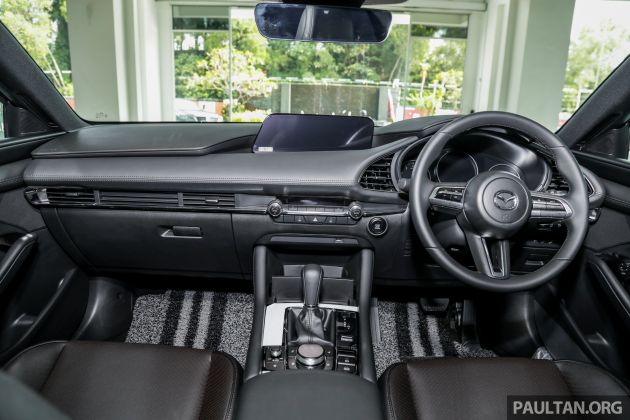


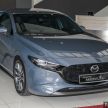
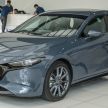
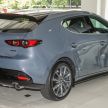
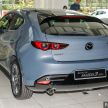
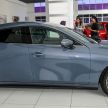
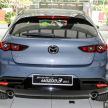
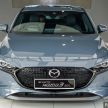
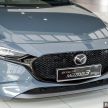

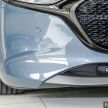
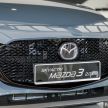
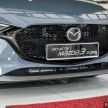
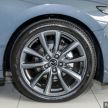
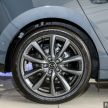
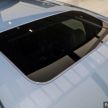
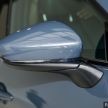
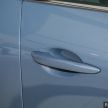
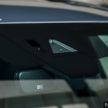
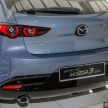
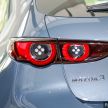
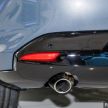

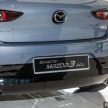
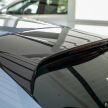
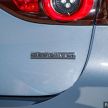
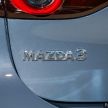
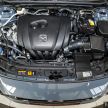
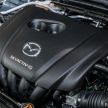
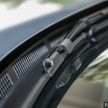
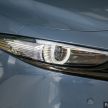
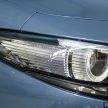
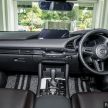
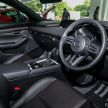
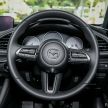
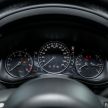
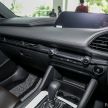
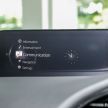
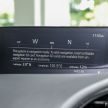
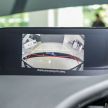
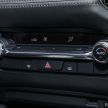
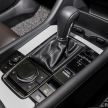
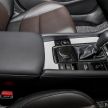
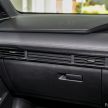
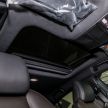

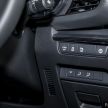
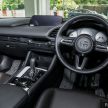
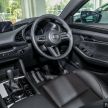
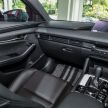
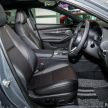
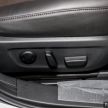
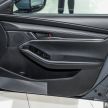
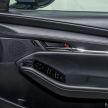
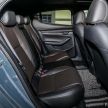


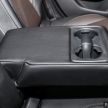
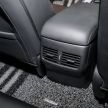
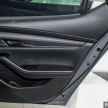
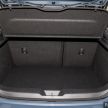
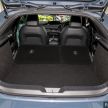

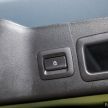
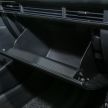
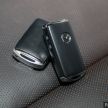
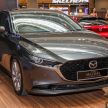
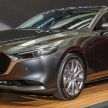
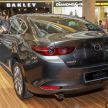
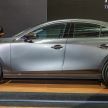
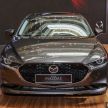
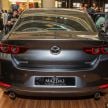
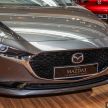
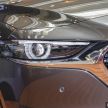
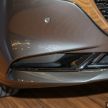
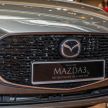
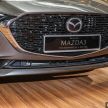
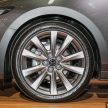
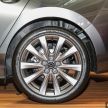
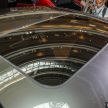

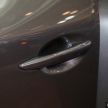
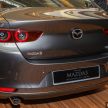
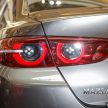
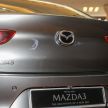
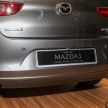
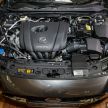
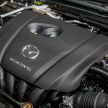
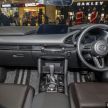
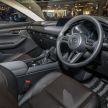
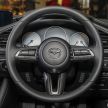
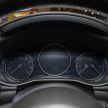
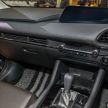

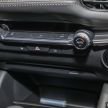
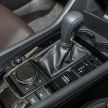
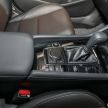
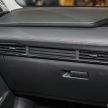
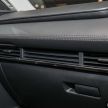
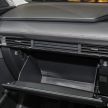
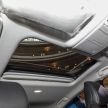
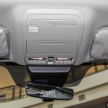
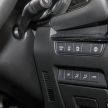
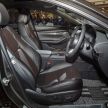
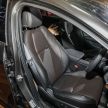
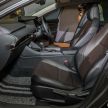
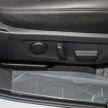
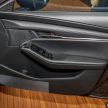

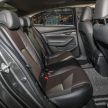
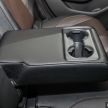
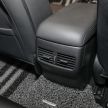
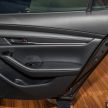
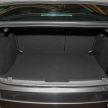
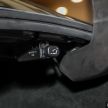
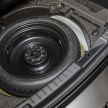
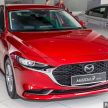
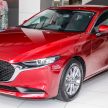
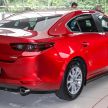
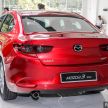

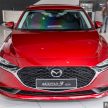
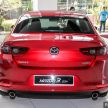
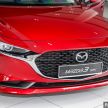
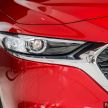
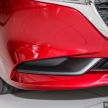
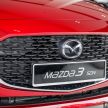
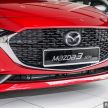
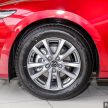
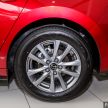
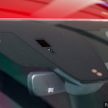
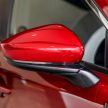

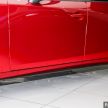
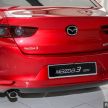


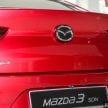
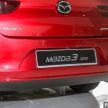
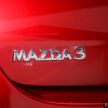
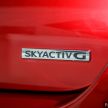

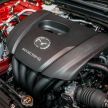
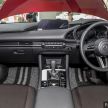
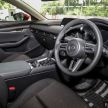
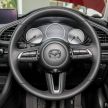
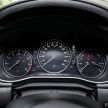
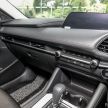
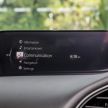
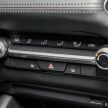
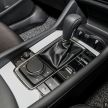
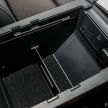
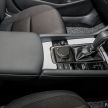

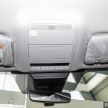
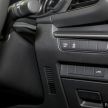
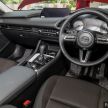
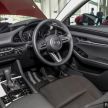
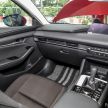
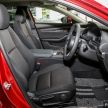
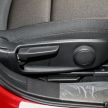
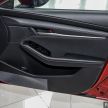
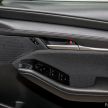
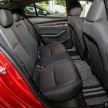
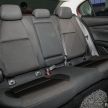
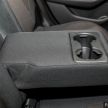
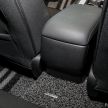
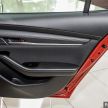
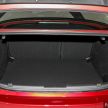
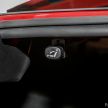

























AI-generated Summary ✨
Comments express disappointment with the 2019 Mazda 3’s high pricing, attributing it to currency exchange rates and import taxes, which make fully imported models expensive. Many feel the price is unjustifiable given the car’s features, with some critics comparing it unfavorably to other segment rivals like Honda Civic and Toyota Corolla. There’s concern that the absence of certain active safety features and reduced specifications in the high-end model further diminish value. Despite negativity, some acknowledge Mazda’s move to upscale, positioning the car as more premium, but it appears to alienate typical budget-conscious buyers, especially considering the broader economic context of high car prices and a weak ringgit. Overall, comments reflect skepticism about the pricing strategy and doubts about sales success.